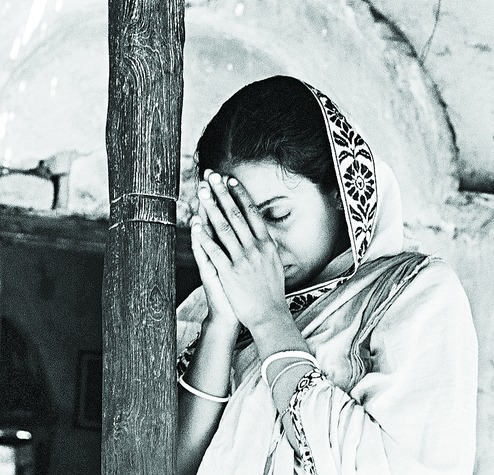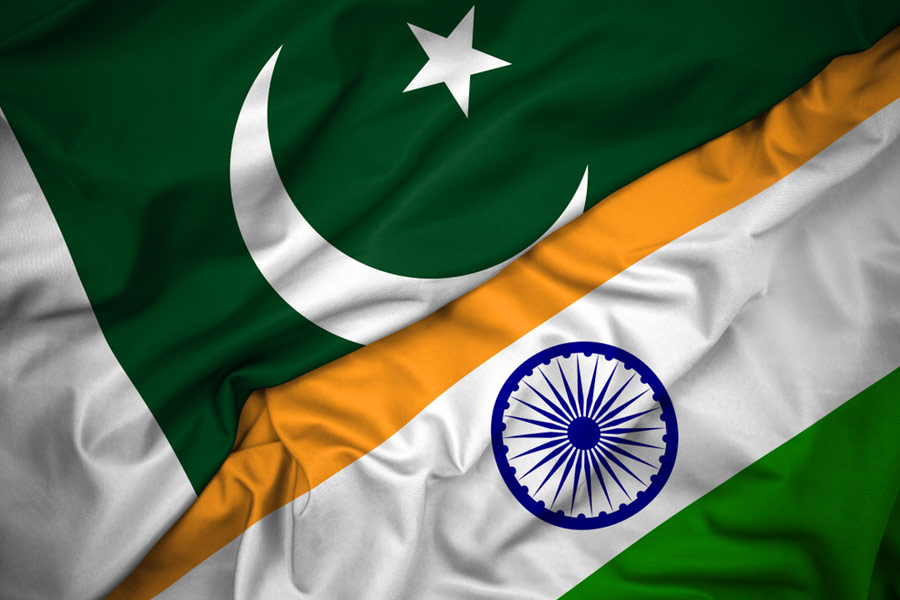
A perfect tax is one that the entire population would pay without noticing. A tax that came close to it was the match tax. Cigarette lighters and gas lighters would reduce its reach today, but even then, it would be paid by a very high proportion of families, and few of them would give it a second thought.
Unsurprisingly, matches are supposed to have been invented by the Chinese. Sulphur-tipped sticks were being sold in the Hangzhou market 800 or 1,000 years ago. They did not burn spontaneously on being scratched as modern matches do, but burst into flame if touched by fire. Whoever used them had to have a lamp burning all the time; the match was useful only in carrying the fire elsewhere. If there was no fire within reach, someone who needed to light one carried a chuckmuck hanging on his belt. It was a pouch; inside it were a steel bar and a flint. When the flint was struck on the bar, it gave a spark, which could be used to light a piece of cloth dipped in oil, or anything combustible.
The first match is credited to Jean Chancel, a Parisian, who dipped a wooden stick covered with sulphur, sugar, rubber and potassium chlorate in sulphuric acid in 1805 and it caught fire. His way of making a fire did not prove popular, because it gave odorous fumes. A number of scientists improved on his process. Sir Isaac Holden and John Walker invented something close to the matchstick in the 1820s; but neither patented his invention or commercialized it. Finally, two Swedes, Gustaf Erik Pasch and John Edvard Lundström, separated the stick from the rough surface on which it had to be rubbed to catch fire, and in the 1850s, created the safety match that continues to be used to this day.
In 1871, Sir Robert Lowe, the British Chancellor of the Exchequer, proposed a tax of a halfpenny on a hundred wooden matchsticks and a penny on a hundred waxed matchsticks in his budget. The way the tax was collected in those days was that the treasury printed stamps - vertical labels - and sold them to matchmakers at a price equal to the tax, and the manufacturers had to stick those stamps on matchboxes. Sir Robert got the stamps inscribed, " ex luce lucellum" (from light, some gain). Bryant and May, the biggest match manufacturers, were annoyed; they got ready to bring out a Chancellor matchbox, which was to bear a cartoon of the Chancellor. However, workers in match factories started such a fierce agitation that the tax was withdrawn within five days. The drama drew the attention of William Stanley Jevons; in his The Theory of Political Economy, he went into the merits of the tax.
He asked whether the tax could be evaded, and enumerated a number of ways of doing so. Some were unlikely because they were easy to uncover - for example, if matchboxes were sold without tax stamps or with forged stamps. A clever way of evasion would have been to make two-ended matches; the Chancellor foresaw it, and provided for it in the finance bill by saying that two-ended matches would pay double the tax. The manufacturers were unlikely to overfill boxes because the additional matches they put in would cost them more than what they saved in tax. They could under-fill boxes, but consumers would detect it and raise a hue.
Jevons worked out what the tax would cost to collect: the stamps would cost £1 8s per £100, or 1.4 per cent. That was more than the collection cost of income tax, but lower than that of customs, which cost 6 per cent, and 4 per cent, which was the average for inland revenue (that is, taxes excluding customs).
He thought that the tax was on consumption, and hence better than a tax on production: "No one is in any appreciable degree hindered in his business because his wife or servants use a few less matches, and pay a few pence more for them. All taxes ought as far as possible to fall upon the consumer at the moment of consumption, and few taxes could be devised which are more clearly correct in this respect than the Match Tax."
Manufacturers had to keep some matches in stock to meet fluctuations in demand, which went up in winter. They would have to stock tax stamps for that unsold stock. He calculated the interest on the capital invested in those stamps at 2½ pence a gross (that is, twelve dozen), and the cost of affixing them at 2d. Some stamps would be damaged or destroyed in stock. He estimated all such incidentals of the wholesaler at 5½d or less than 8 per cent.
Jevons was not bothered about the retailer at all. He got matchboxes at 2½d a dozen, and sold them at 2-3 boxes a penny; his profit margin was 60-100 per cent. That was not return on his capital; it was his wage. Jevons could not see why his wage had to go up when the tax went up.
Jevons saw the tax as consumer-friendly. If a buyer wanted a certificate to prove that he had paid the tax, he had to put a penny stamp on it, and waste 15 minutes getting it. On matchboxes he had stamps to prove that tax had been paid; he got them without any effort.
He thought the tax would reduce domestic demand by a third. But exports would continue, so total demand would fall less - by, say, 26 per cent. Britain exported playing cards. Their manufacturers simply wrote to the revenue office saying they had an export order for so many cards, and in return got a certificate with which they could carry the cards to the ship named in the notice. Matchboxes would similarly be exported duty-free.
He also did not think the workers would suffer much. The industry would contract. But it employed mainly children, who went on to do other things when they grew up. They would do something else, or get jobs when they were a bit older.
Jevons did not think a tax on matches was the best one conceivable. He thought better of the hearth tax - a tax on the fireplace, and hence on homes; it was levied for a couple of decades in the 17th century, but removed because people disliked it.
Jevons did not think that the tax would lead to deterioration in the quality of matches as was claimed. A tax of a shilling per gallon on wine, which was imposed, raised the prices of cheaper wines more than of better wines, and shifted consumption to the latter. The poor bought cheap matchboxes of about 40 matches for ½d; the tax would lead them to buy bigger boxes.
There is more to Jevons's analysis of the impact of match taxation; but the summary I have given will make it clear how he proceeded to work out the likely effects point by point. He used no algebra; but there was an analytical mind catching every consequence and following it to the end. He set a model worth following even now.











